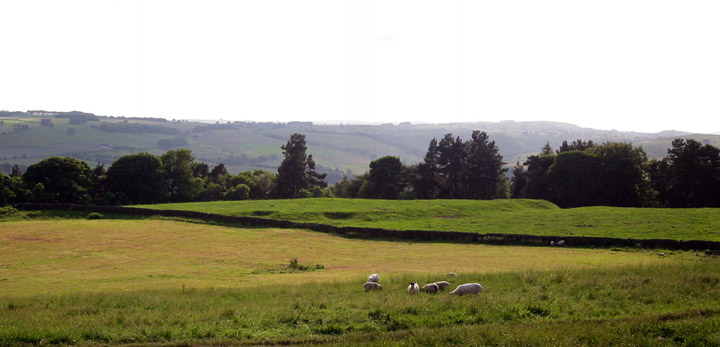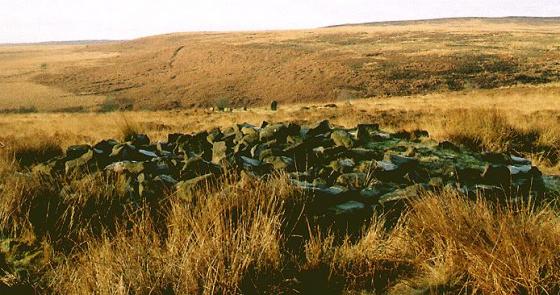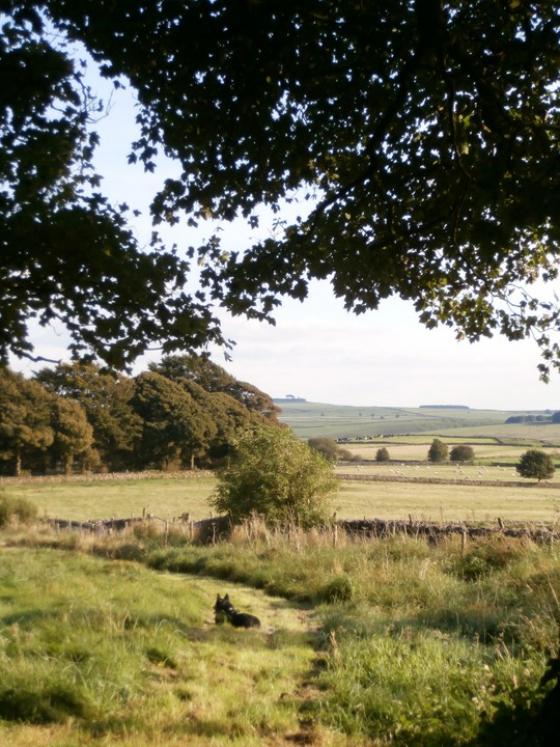
The earthwork carries on into the woods a bit.

The earthwork carries on into the woods a bit.


The dishevelled interior of the fort.


the invunerable undefended part of the exterior

06/06. Taken from the Moatless Plantation.

11/02 Sheffield Weston Park museum. This stone was built into the ramparts, discovered during excavations.

10/02 Sheffield Weston Park Museum. One of the Ball Cross stones

08/02

02/02

02/02
I parked on the small lane near a gate, and a bridleway and a path into the woods. There are some interesting looking architectural features near the road but they dont look too old. I headed through the woods past these features untill I came to the earthworks of old, jumped the wall and scared the bejesus out of two young pheasants, which in turn made me jump too.
Ball cross is quite possibly the least impressive hill fort ive ever been to, only part of the ramparts survive to any impressive level. The interior of the fort is full of bumps and dips, as if some serious digging has been undertaken.
If the trees werent there some terrific views would be had across Bakewell to the neighbouring hills.
Probably not worth a look unless your passing very close by, or if you combine it with a visit to Bakewell castle, though its just a motte and bailey.
This is a tiny hillfort above Bakewell. Protected on two sides by steep natural slopes and a curved bank and ditch; enclosing an area of approximately 1.5 acres.
Excavations here unearthed several cup and ring marked boulders. These boulders pre-date the fort, one of them was used in the construction of the rampart. The stones are now in the Sheffield museum.
Room to park on the roadside above Ball Cross Farm.
...............................................................................
The nearby ‘Moatless Plantation’ was a meeting point (moot). There is an earthwork, of unknown date, surrounding the plantation





































































































































































































































































































